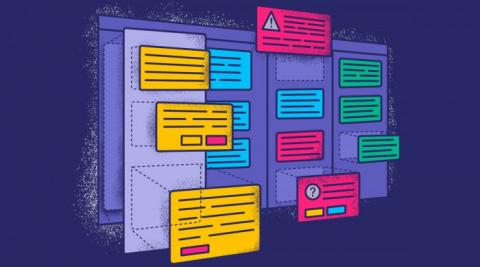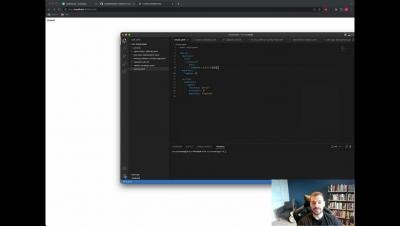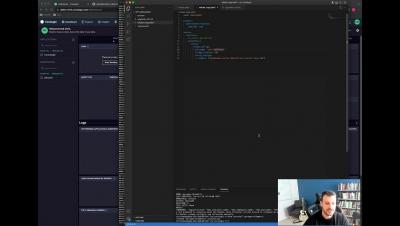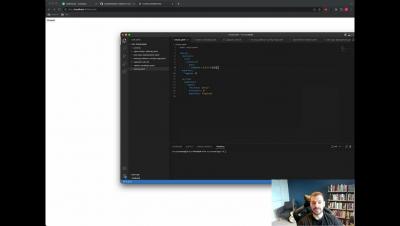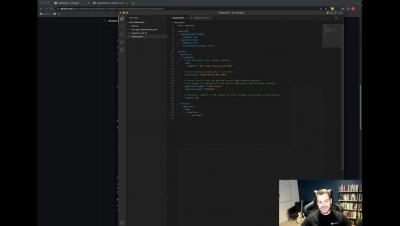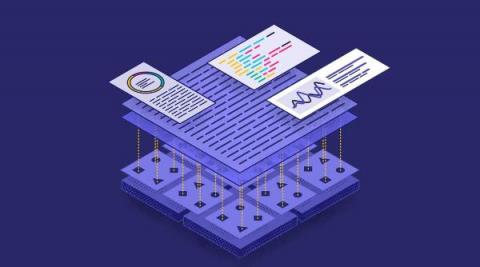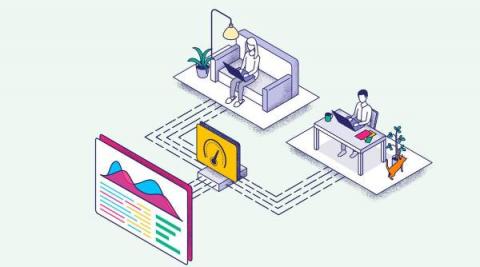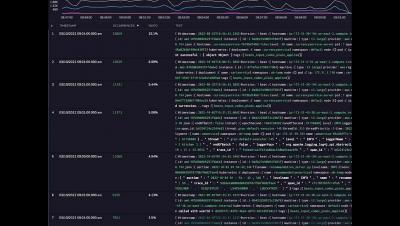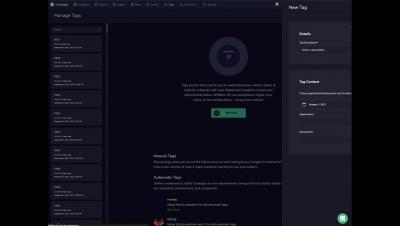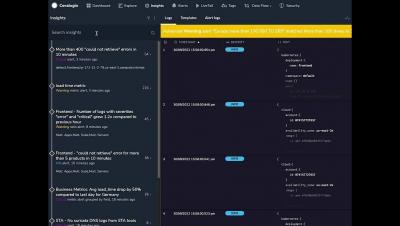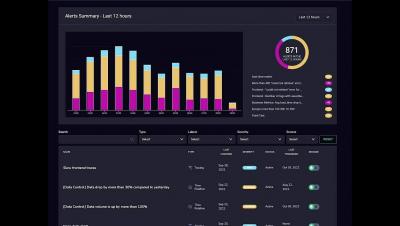Benefits of Learning Python for Game Development
The world of computer games is vast, ranging from single-player agility games and logic puzzles with simple 2D animations to the stunning graphics in 3D rendered massive multiplayer online role-playing games like the Lost Ark. Wanting to design and build your own games is a common motivator for learning to code while building a portfolio of work is an essential step for breaking into the gaming industry.


